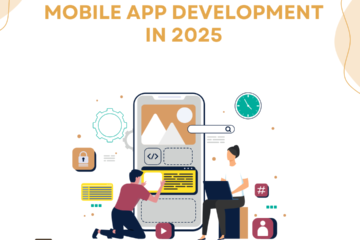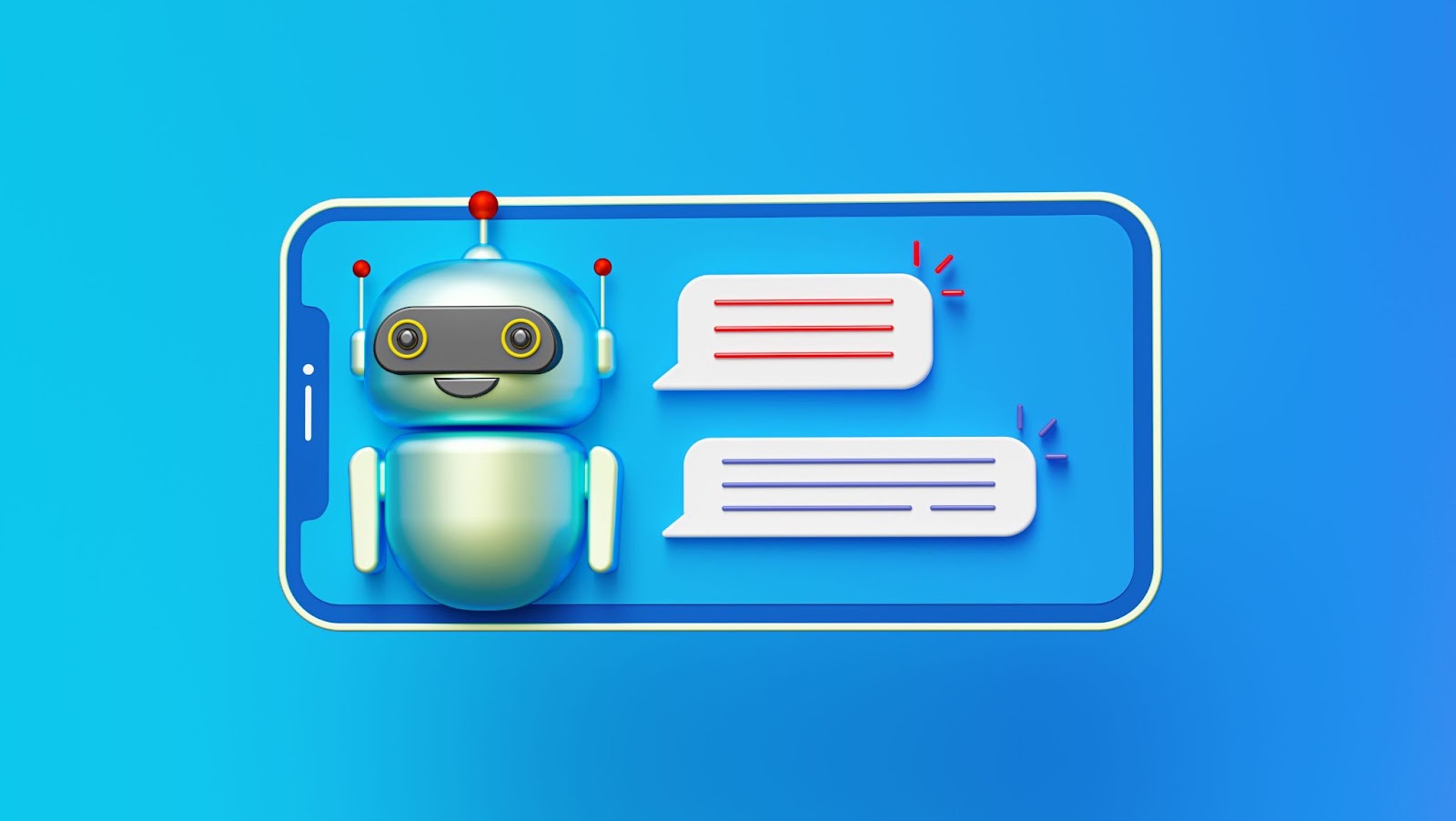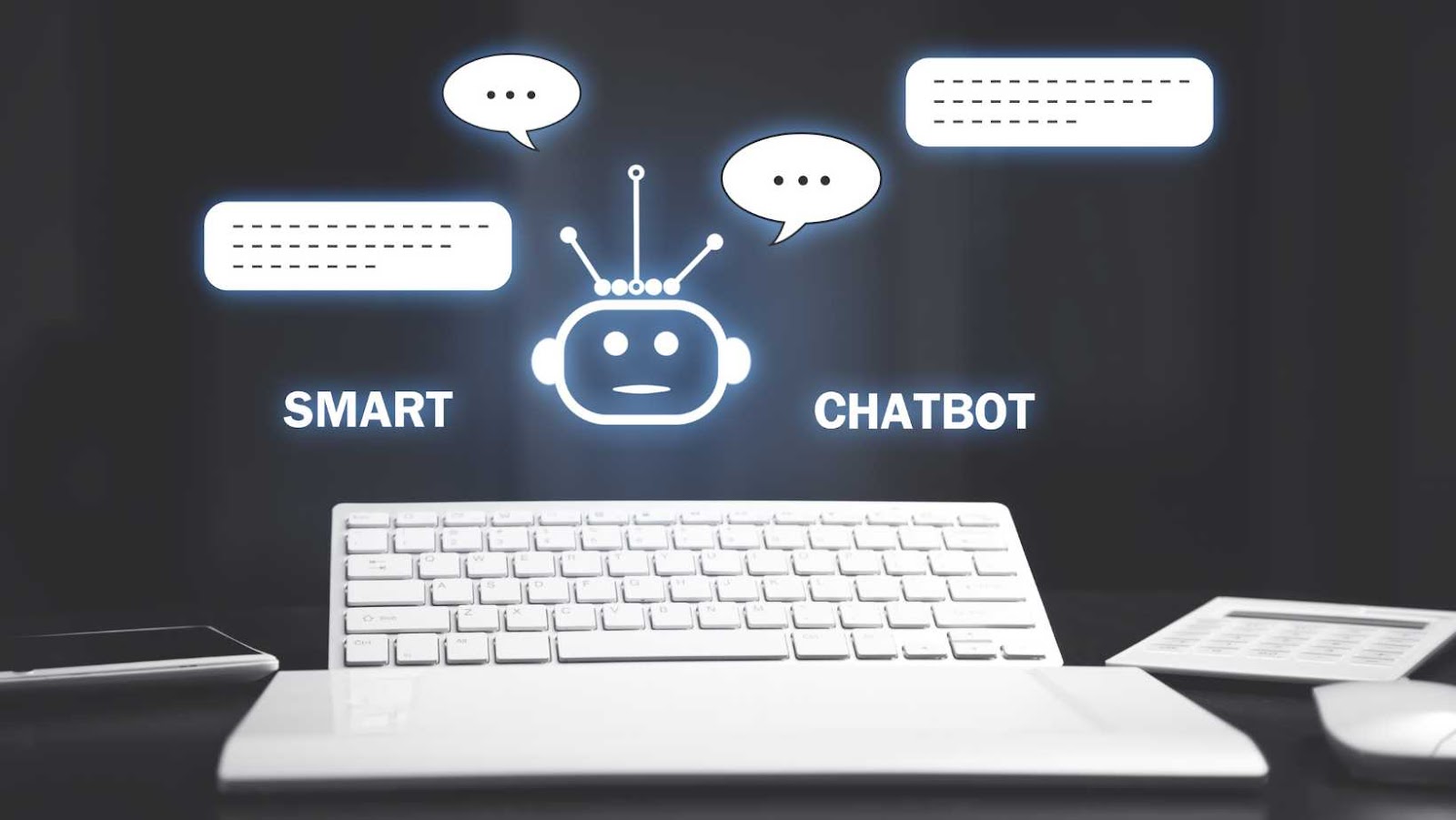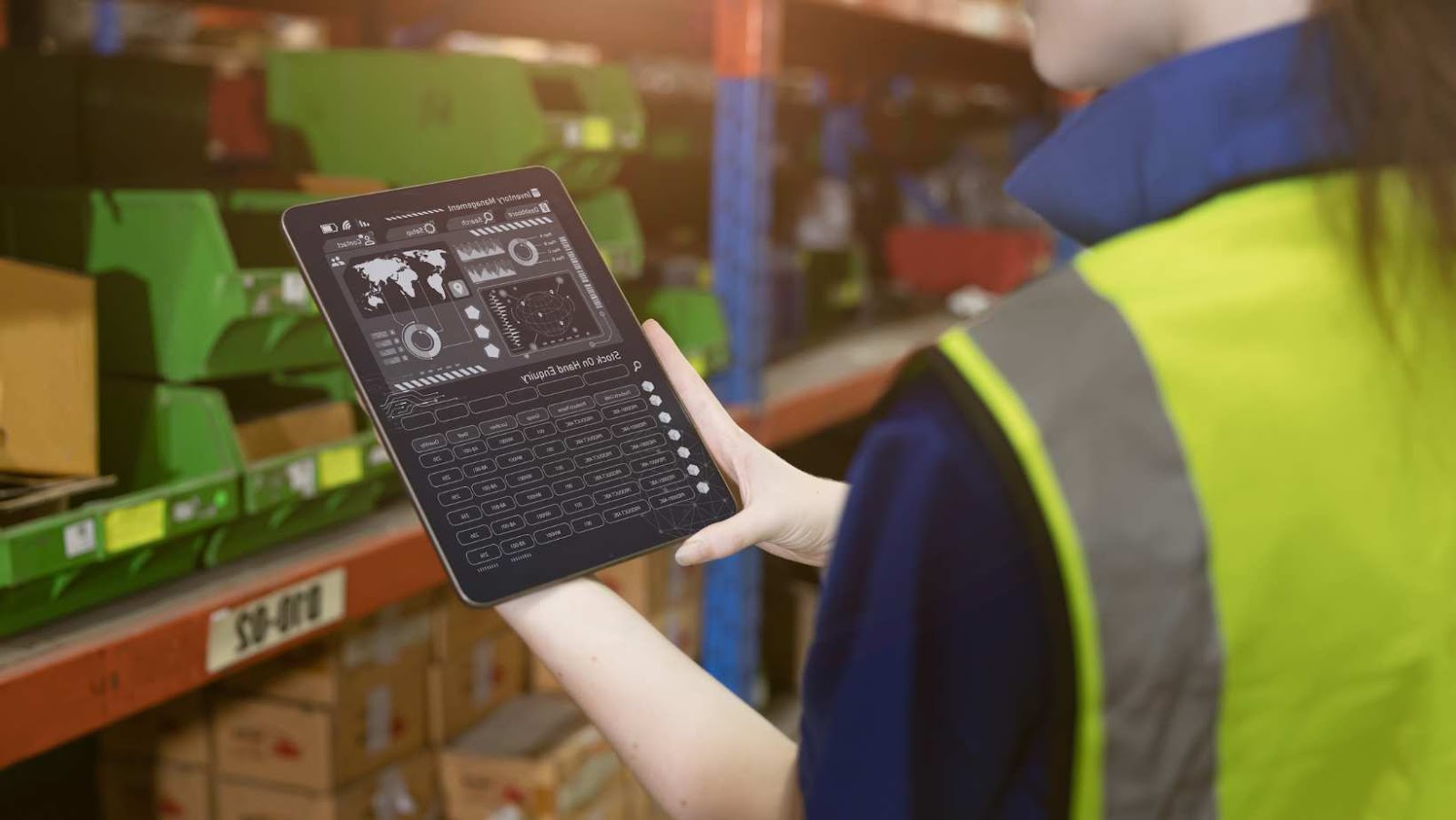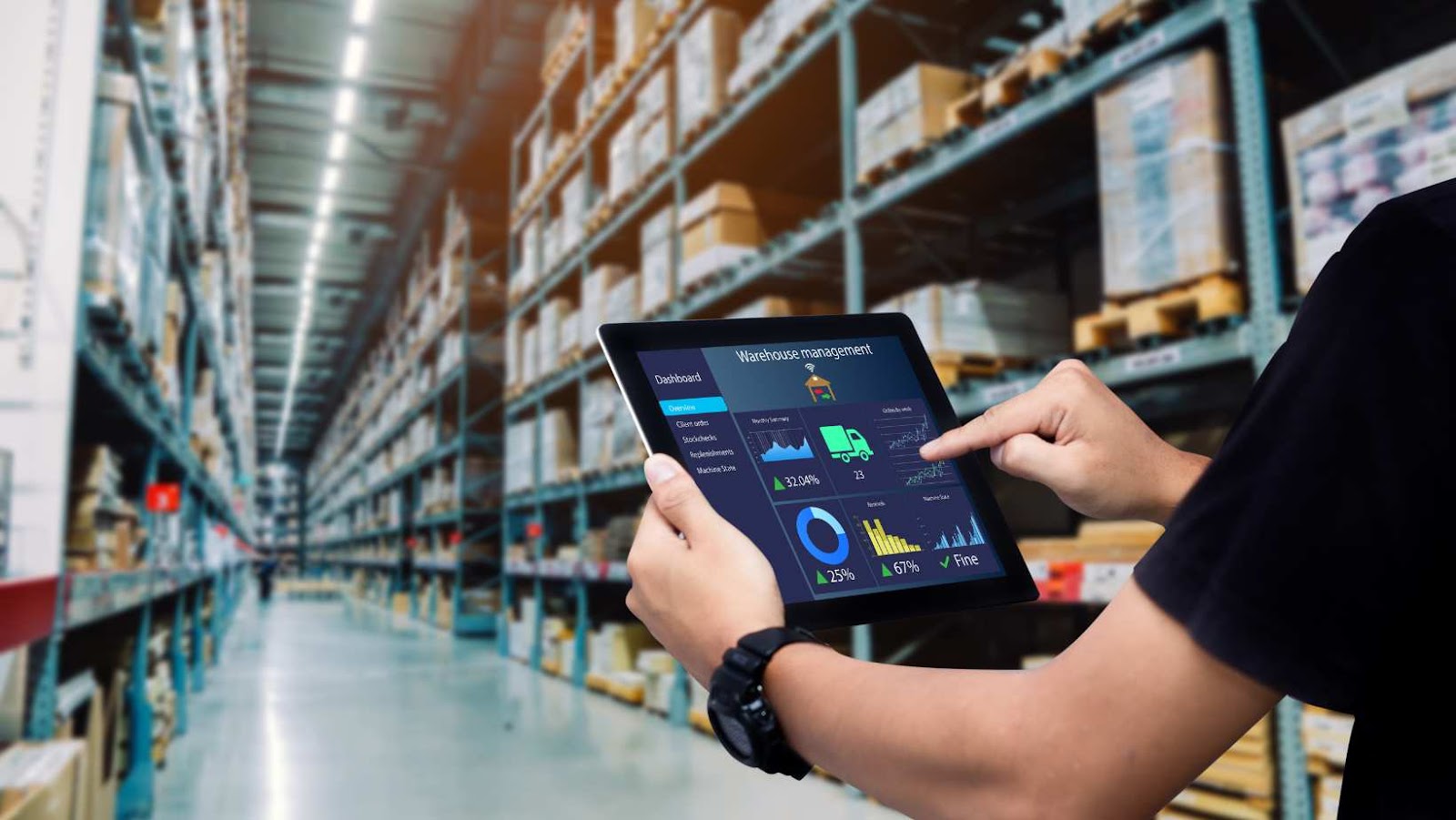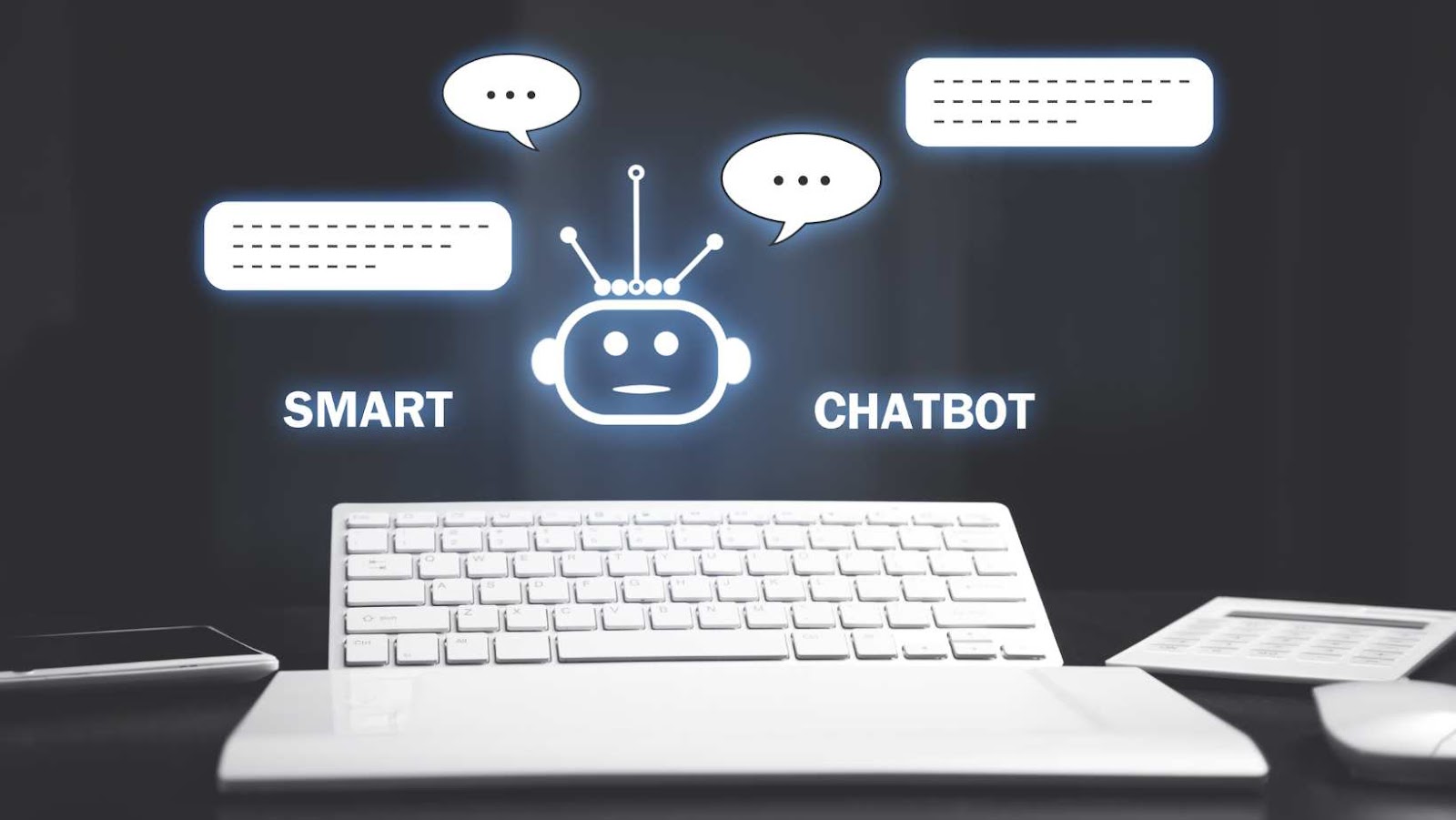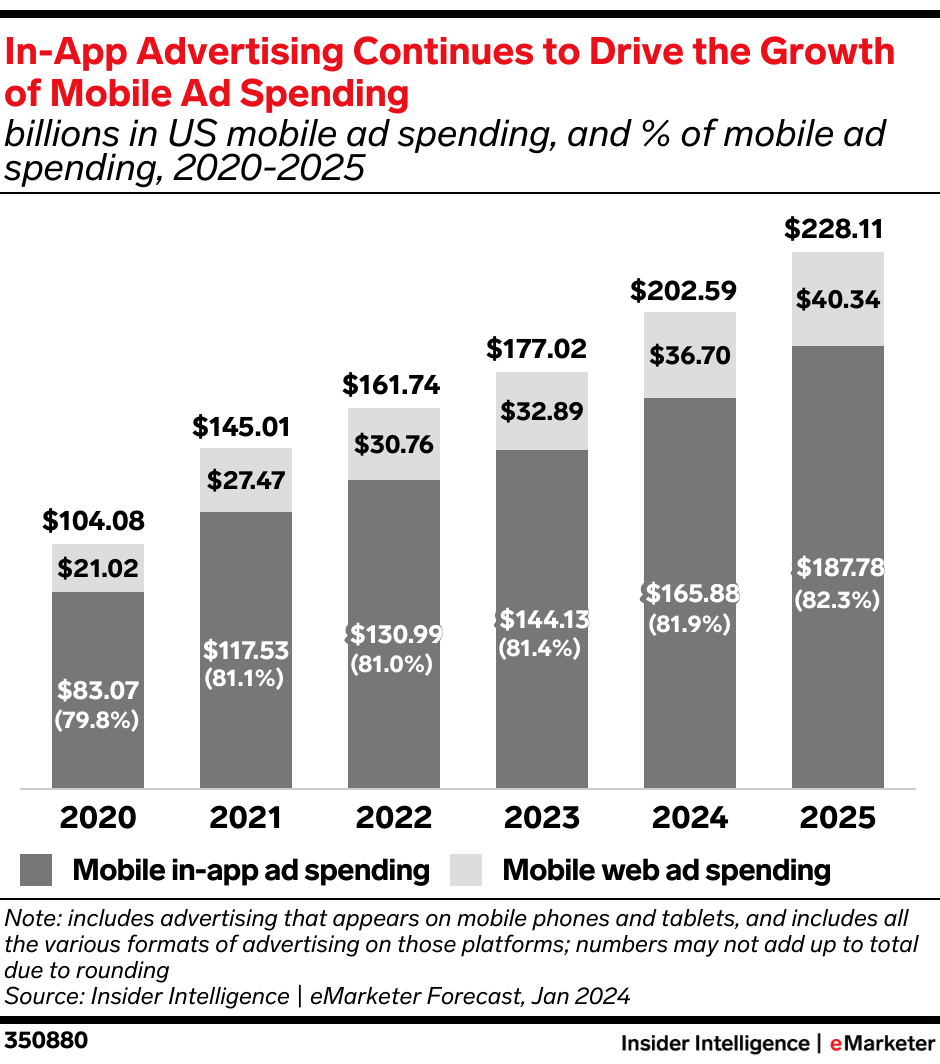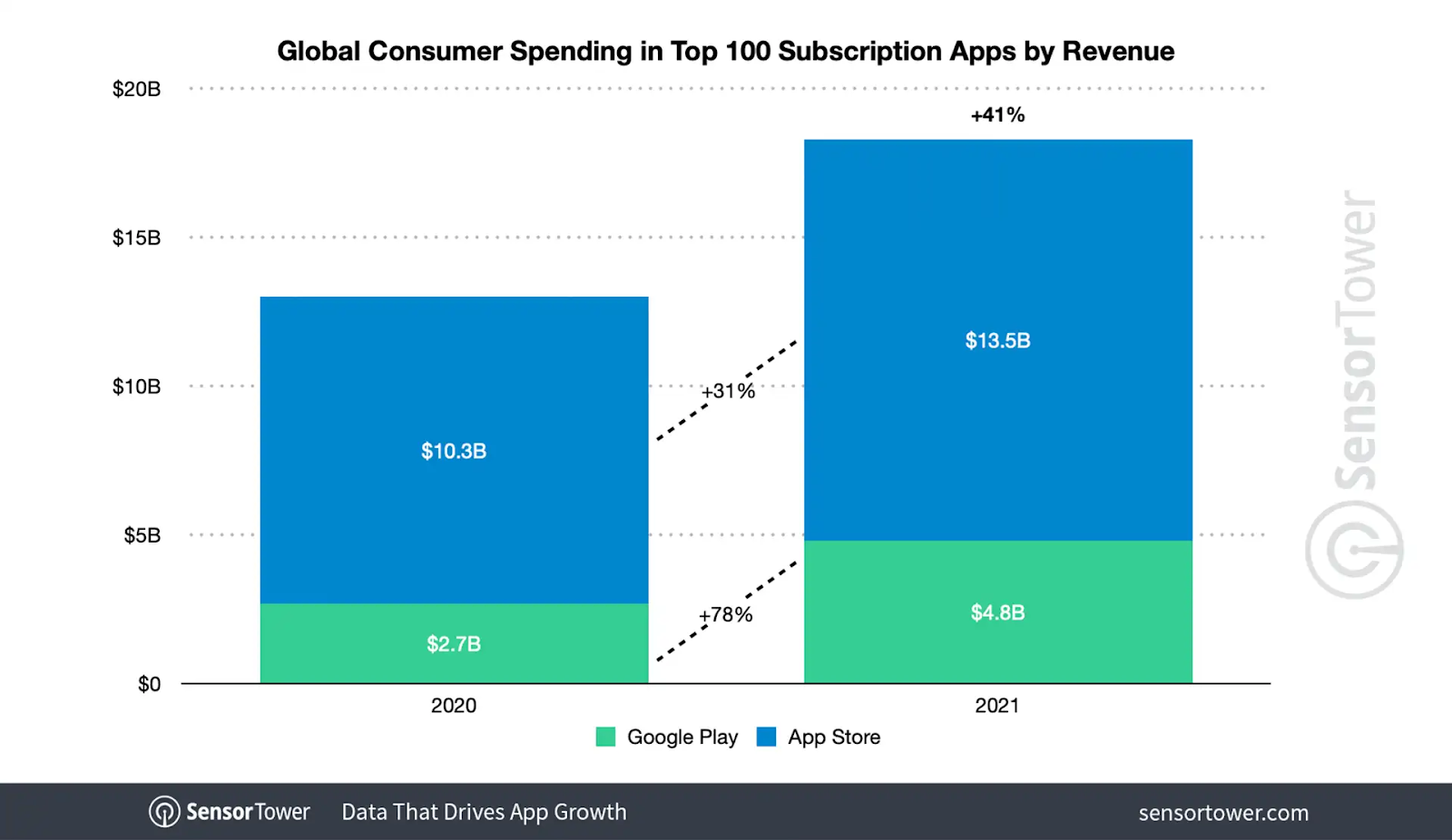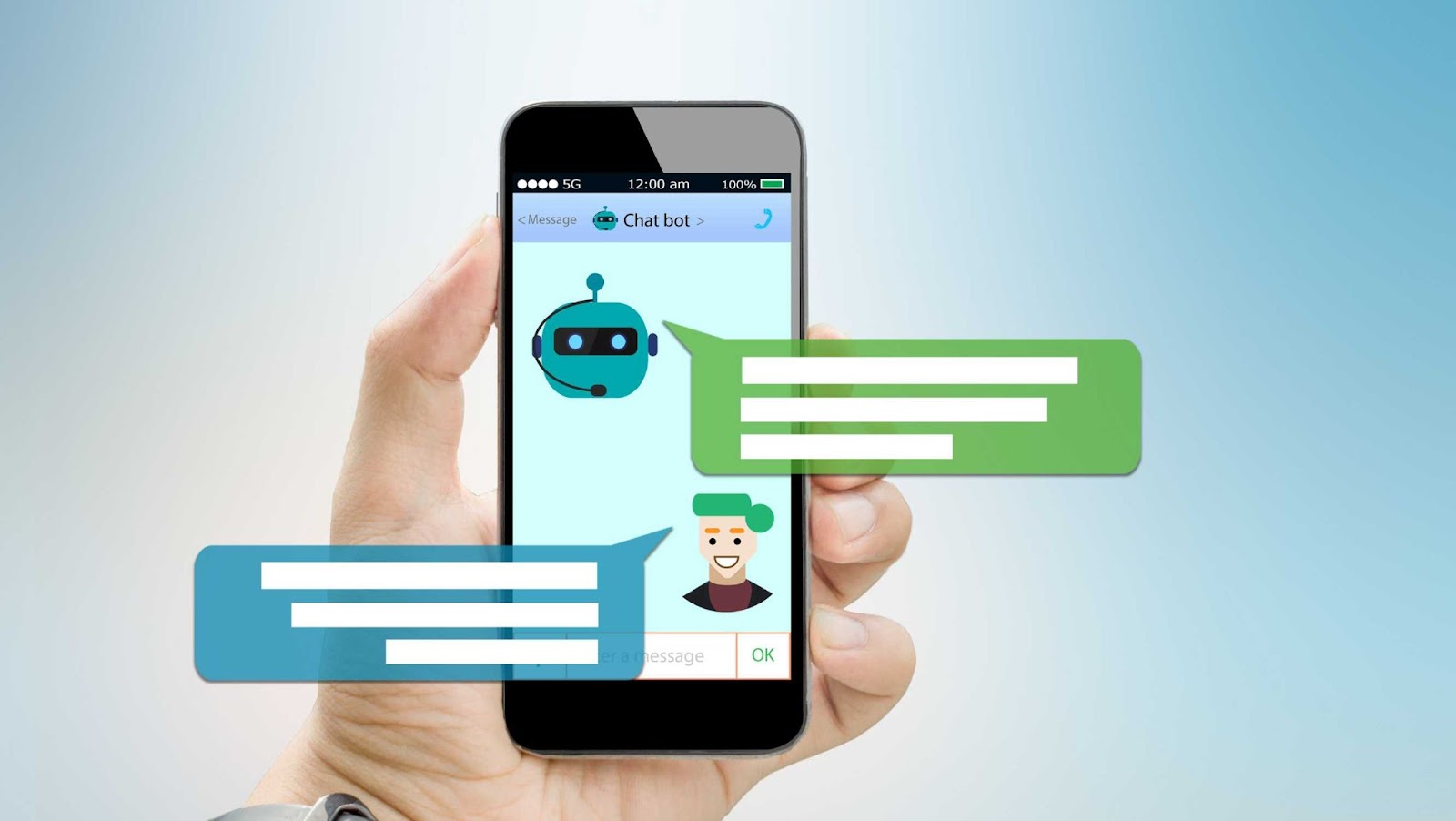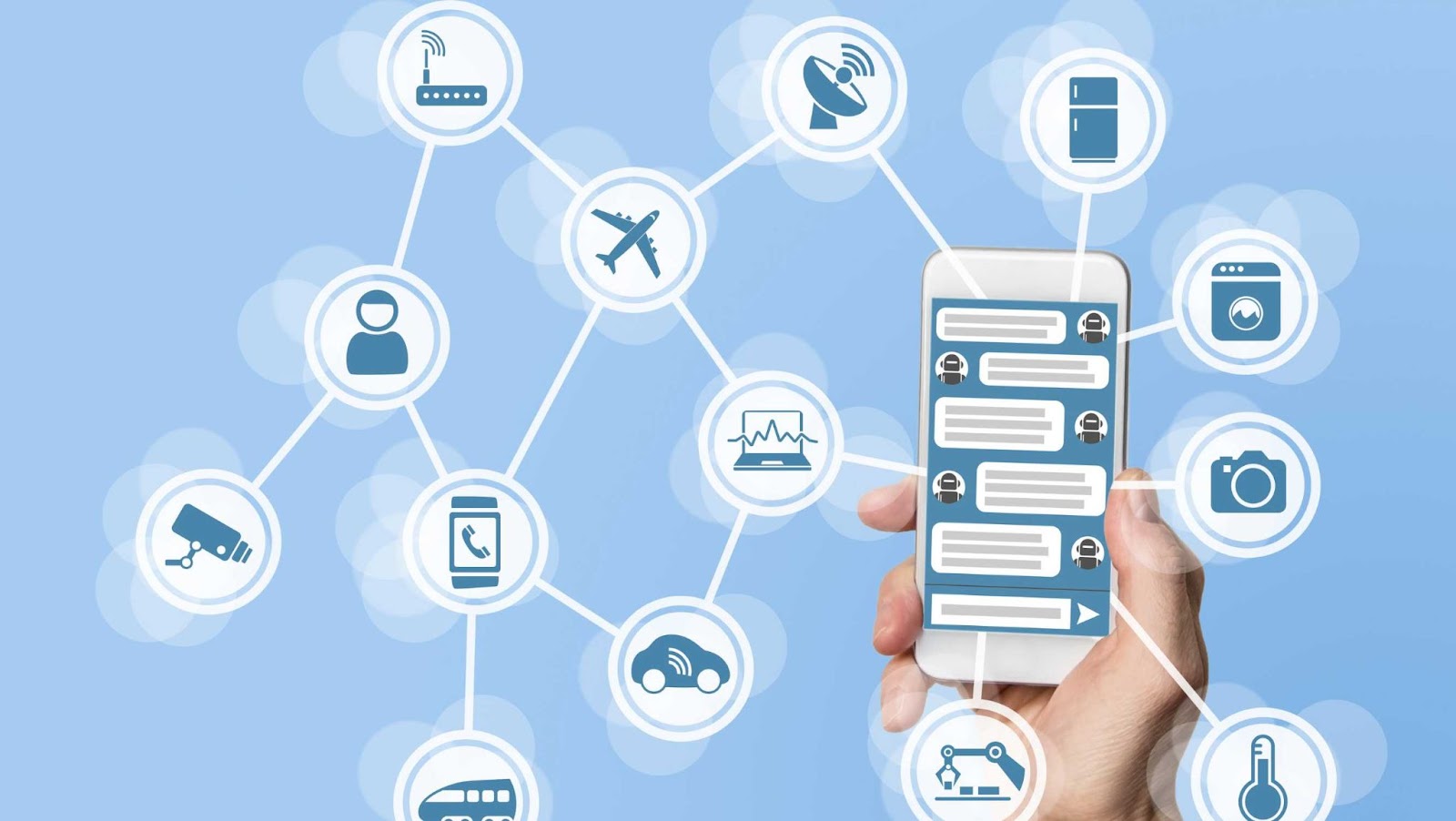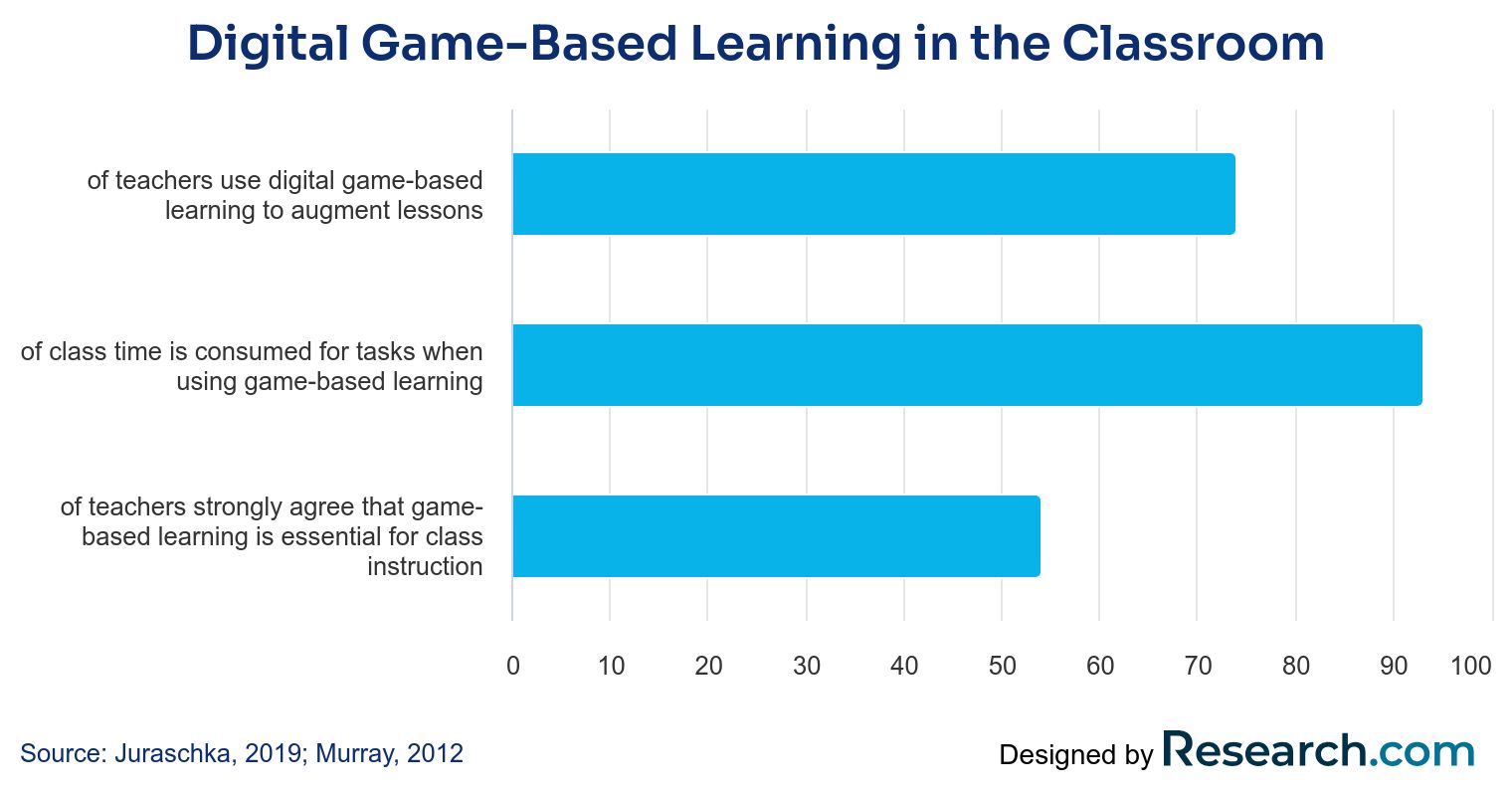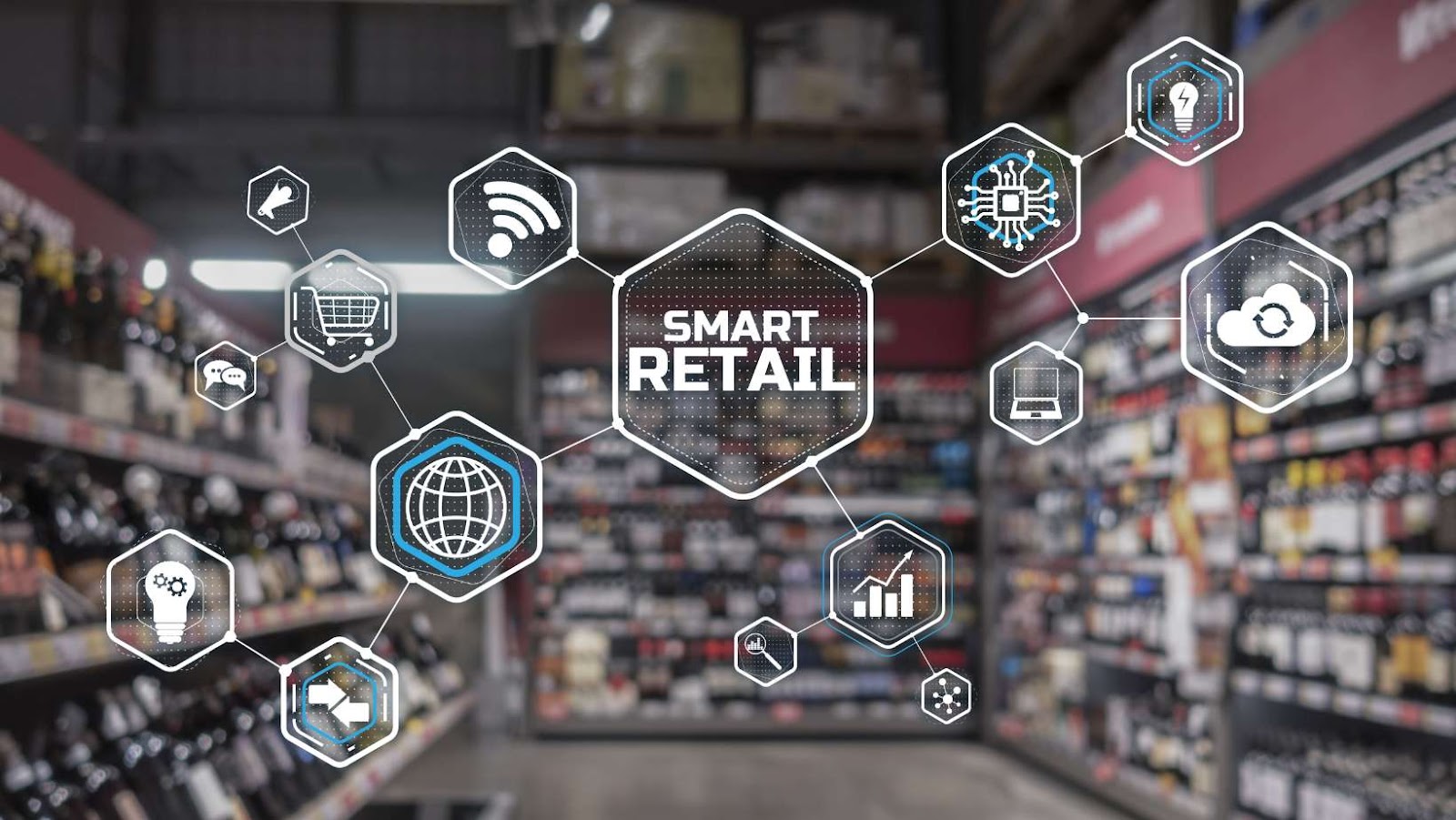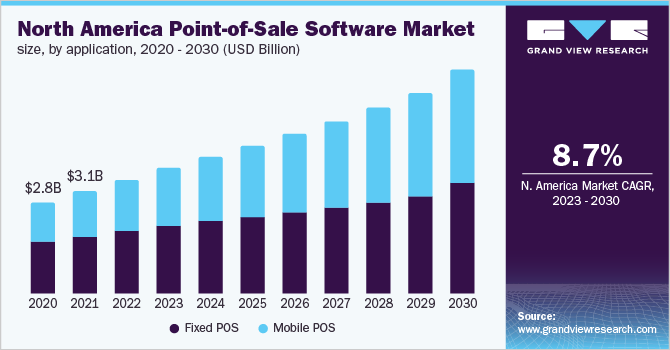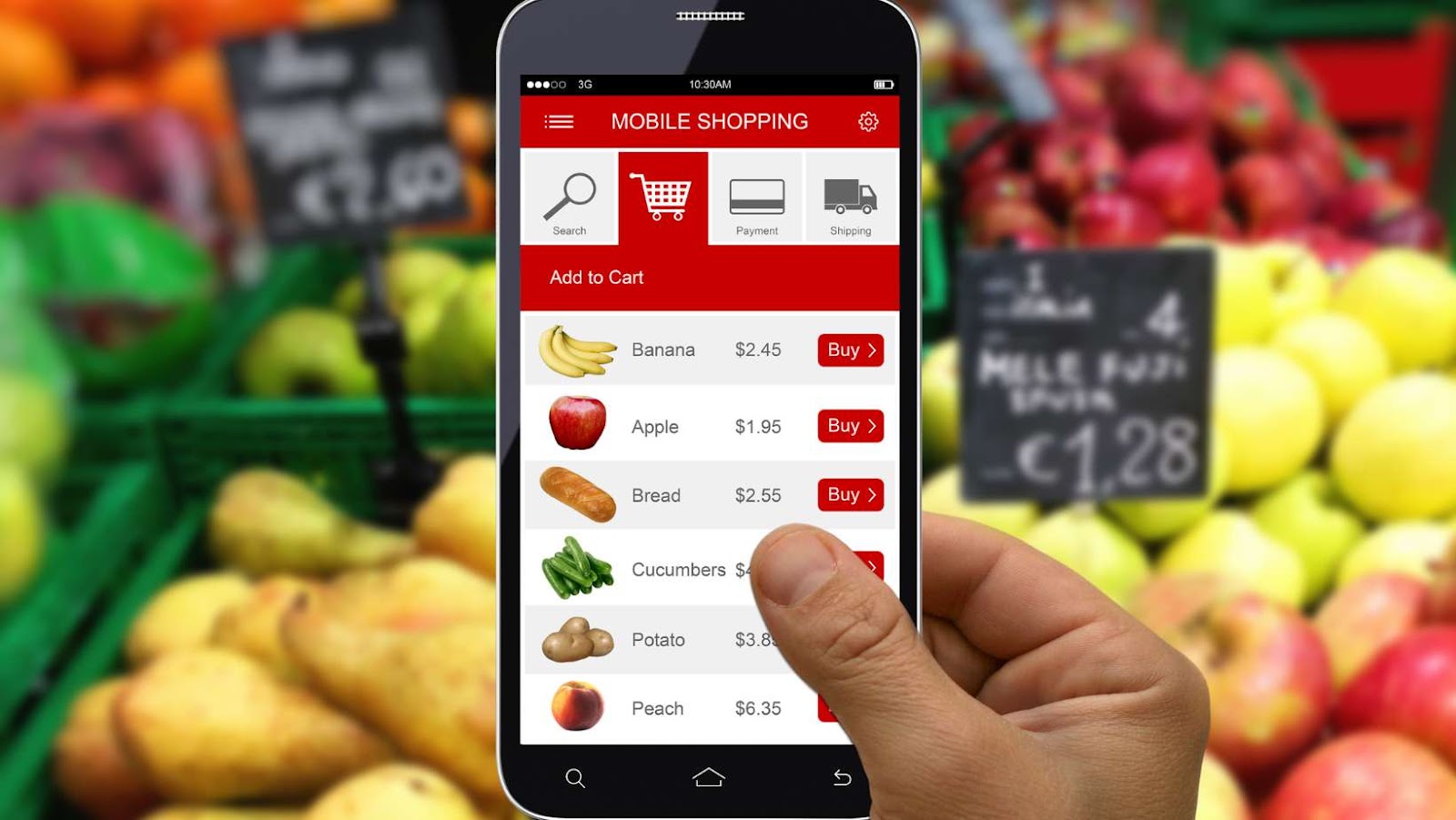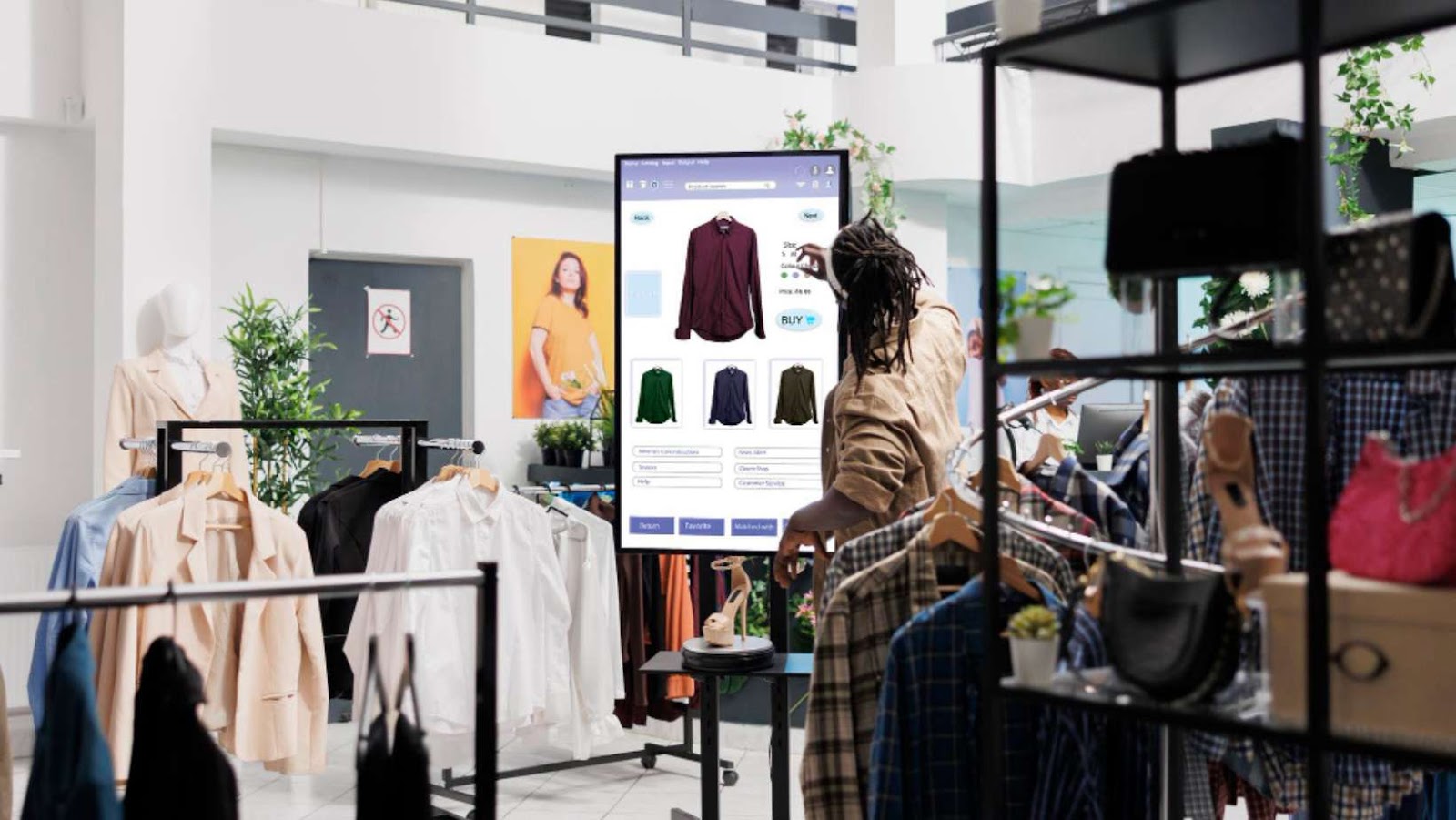As the demand for mobile app development continues to skyrocket, businesses are increasingly seeking cross-platform solutions that enable them to create apps compatible with multiple operating systems, such as iOS and Android, without having to build separate versions.
By 2025, the development landscape is set to be shaped by an array of cutting-edge frameworks. Below, we explore the top frameworks for cross-platform mobile app development that are expected to dominate the market, backed by statistical data to give you a better perspective.

Cross-Platform mobile app development frameworks
1. Flutter: Leading the Cross-Platform Revolution
One of the most powerful frameworks for cross-platform mobile application development, Flutter has consistently ranked at the top. In 2023, Flutter was the most popular cross-platform mobile framework, used by 46% of developers worldwide, according to Statista.
Developed by Google, Flutter allows developers to create visually appealing, natively compiled apps from a single codebase. Its Dart programming language and extensive widget libraries make it an excellent choice for developers aiming to create apps that offer a seamless user experience across platforms.
Key Features of Flutter:
- Hot Reload: Allows developers to see changes in real-time without rebuilding the entire app.
- Rich Widgets: Provides a wide variety of customizable widgets to design visually stunning UIs.
- Native Performance: Compiles directly to native code, ensuring high performance on both iOS and Android.
In 2025, we expect Flutter to remain a dominant force in the industry due to its flexibility, speed, and robust community support.
2. React Native: A Facebook Powerhouse
React Native, developed by Facebook, remains one of the top choices for cross-platform mobile app development. Built on JavaScript, React Native allows developers to share up to 90% of their code between iOS and Android apps, significantly reducing development time and costs.
The framework also leverages native components, resulting in an app that performs like a truly native application.
Why React Native is Popular:
- Code Reusability: Write once, run anywhere, reducing development overhead.
- Large Community Support: A vast network of developers continuously contributes to its growth and enhancement.
- Third-Party Plugins: Offers extensive plugins, making it easy to integrate native functionalities like GPS, camera access, and more.
With constant updates from Meta and its growing ecosystem, React Native will continue to be a solid choice for developers.
Note: If you’re looking for a top-notch cross-platform mobile app development company, then App-Scoop is your best option. As a top-rated app development company in Canada and USA, we have consistently delivered high-quality solutions to clients across various industries.
Our commitment to excellence is reflected in our 4.8-star rating on Clutch, a testament to our clients’ satisfaction. We’ve had the privilege of developing apps for leading companies such as Social Owl, Becker Mining, and Mycare Base, among many others. Let us bring your mobile app vision to life with cutting-edge cross-platform technology.
Contact us today to start your project!

3. Xamarin: Microsoft’s Open-Source Framework
Xamarin, backed by Microsoft, is another powerful framework for cross-platform mobile application development. Xamarin enables developers to build iOS and Android apps using C# and .NET libraries. With Xamarin, developers can share up to 90% of the code between platforms, ensuring faster time-to-market and lower development costs.
Xamarin’s Key Advantages:
- Native API Access: Provides direct access to native APIs for iOS and Android, ensuring top-notch performance.
- Microsoft Integration: Seamlessly integrates with the Azure cloud and other Microsoft products, making it ideal for enterprise-level applications.
- One Technology Stack: Developers can use a single language (C#) across all platforms, reducing complexity.
Despite the rise of newer frameworks, Xamarin is expected to hold its ground due to its reliability and deep integration with the Microsoft ecosystem.
4. Ionic: Web Technologies for Native Apps
Ionic continues to be a popular choice for developers looking to build cross-platform apps using web technologies like HTML5, CSS, and JavaScript. According to the Ionic Developer Survey 2023, more than 5 million apps have been built with Ionic, showcasing its widespread use.
Advantages of Ionic:
- Cross-Platform Compatibility: Apps can be deployed to iOS, Android, and the web without significant changes.
- Capacitor Plugins: Ionic’s Capacitor provides access to native device functionalities like the camera, geolocation, and file systems.
- Progressive Web Apps (PWAs): Ionic can also be used to build PWAs, making it a versatile solution for developers.
We foresee Ionic continuing to grow in popularity, especially among developers looking to leverage their web development skills for mobile app projects.
5. Kotlin Multiplatform: The Future of Code Sharing
Kotlin Multiplatform is emerging as a strong contender in the cross-platform development space, particularly for developers familiar with the Kotlin programming language. Kotlin Multiplatform allows developers to write common code once and use it across multiple platforms, including iOS, Android, and even backend systems.
Key Features of Kotlin Multiplatform:
- Shared Logic: Developers can share business logic across platforms while keeping the UI code platform-specific for a native look and feel.
- Interoperability with Java: Kotlin is fully interoperable with Java, making it easier for developers to integrate with existing Java-based projects.
- Native Performance: Compiles to native code, ensuring high performance on both platforms.
As Kotlin continues to gain traction as a first-class language for Android development, its multiplatform capabilities will make it a leading framework.
6. NativeScript: Truly Native Apps with JavaScript
NativeScript offers a unique approach to cross-platform mobile app development frameworks by allowing developers to build truly native apps using JavaScript, TypeScript, or Angular. It provides direct access to native APIs, enabling developers to create apps with native UI performance while maintaining a shared codebase across platforms.
Why NativeScript is a Strong Contender:
- Native Access: Direct access to all iOS and Android APIs without requiring wrappers or plugins.
- JavaScript Ecosystem: Leverages the vast JavaScript ecosystem, making it easy to integrate with other tools and libraries.
- Performance: Apps built with NativeScript offer performance comparable to fully native applications.
NativeScript is expected to maintain its relevance, particularly for developers seeking native-like performance with the flexibility of JavaScript.
Related Articles:
- How to Integrate an AI Voice Chatbot into Your Existing Customer Support System?
- How Do Children’s Educational Apps Make Learning Fun?
- How AI is Changing Software Development Industry?
7. Unity: The Game-Changer for Mobile Development
While Unity is primarily known for its game development capabilities, it’s also a powerful tool for creating cross-platform mobile apps. Unity allows developers to build apps that run on iOS, Android, and other platforms using a single codebase written in C#. Its extensive library of assets and advanced rendering capabilities make Unity a top choice for apps that require complex graphics and 3D animations.
Unity’s Strengths:
- Graphics Engine: Advanced rendering capabilities for 3D and 2D graphics, making it ideal for games and AR/VR apps.
- Cross-Platform Publishing: Supports over 20 platforms, including iOS, Android, Windows, and macOS.
- Asset Store: Unity’s Asset Store provides developers with a wide range of pre-built assets and tools to speed up development.
As AR and VR continue to evolve, Unity is poised to remain a go-to framework for mobile app developers in 2025.

In 2025, businesses looking to create cross-platform mobile apps will have a wealth of robust frameworks to choose from.
With each framework offering distinct advantages in terms of performance, code reusability, and native integration, choosing the right tool will help you create apps that deliver an exceptional user experience across all platforms.
Frequently Asked Questions
What is cross-platform mobile app development?
Cross-platform mobile app development refers to creating apps that can run on multiple platforms (iOS, Android, Windows) using a single codebase, reducing the time and cost required to develop separate apps for each platform.
Why should developers choose cross-platform development?
Cross-platform development allows developers to build apps that reach a wider audience across different operating systems. It saves time and resources by enabling code reuse, making it cost-effective for businesses to launch apps on multiple platforms simultaneously.
What are some top frameworks for cross-platform mobile app development in 2025?
Top frameworks in 2025 include React Native, Flutter, Xamarin, Ionic, and Cordova. These frameworks offer high performance, easy integration with third-party libraries, and a single codebase for multiple platforms.
What is React Native, and why is it popular?
React Native is a widely-used open-source framework developed by Facebook that allows developers to build native mobile apps for both iOS and Android using JavaScript and React. Its popularity is due to its fast development process, strong community support, and ability to provide near-native performance.
What are the advantages of using Flutter for cross-platform development?
Flutter, developed by Google, allows developers to create highly customizable, visually appealing apps. It offers fast development with a single codebase, supports hot reload, and provides high-performance results for both iOS and Android platforms.
How does Xamarin work for cross-platform app development?
Xamarin is a Microsoft-owned framework that uses C# and the .NET framework to develop apps for Android, iOS, and Windows. It provides a single codebase and allows access to native device features, offering high performance and integration with various libraries.
What is Ionic, and what makes it stand out?
Ionic is a popular open-source framework for building cross-platform mobile apps using web technologies like HTML, CSS, and JavaScript. It’s known for its ability to create highly responsive, hybrid apps with a native-like experience.
What are the benefits of using Cordova for mobile app development?
Apache Cordova allows developers to build mobile apps using web technologies such as HTML, CSS, and JavaScript. It is particularly useful for web developers transitioning to mobile development, as it provides a straightforward way to build hybrid apps for multiple platforms.
Which cross-platform framework is best for performance?
Flutter and React Native are among the best cross-platform frameworks for performance. Both offer near-native performance and are highly optimized for delivering smooth and responsive user experiences on both iOS and Android devices.
What should businesses consider when choosing a cross-platform framework?
Businesses should consider factors such as development speed, budget, app performance, and the framework’s ability to integrate with third-party services. The choice of framework also depends on the specific features required, the developer’s expertise, and long-term maintainability.

